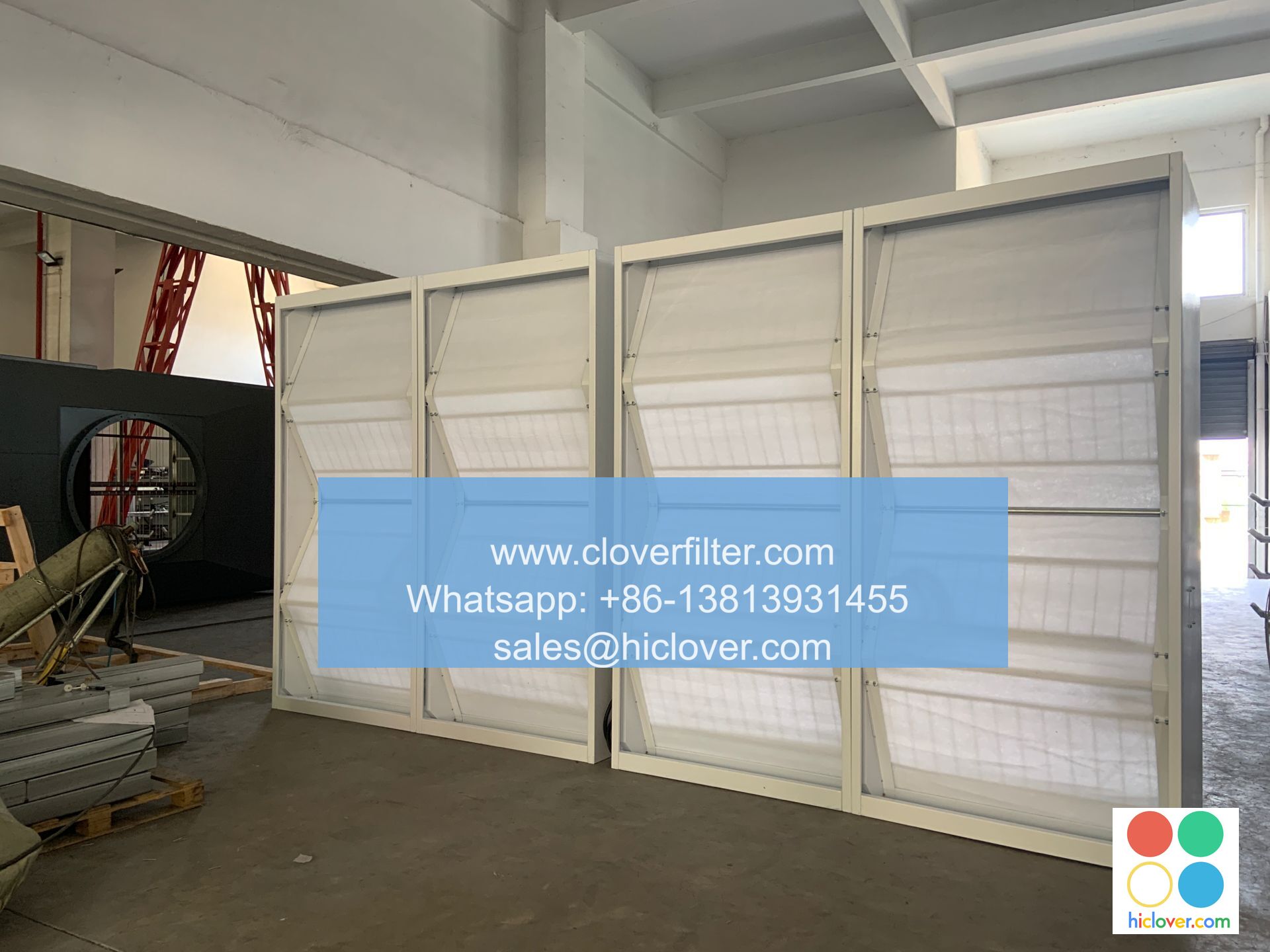How to Choose the Right Air Filter for Your Air Testing Needs

Choosing the Right Air Filter for Your Air Testing Needs: A Guide
When it comes to air testing, having the right air filter is crucial for obtaining accurate results. With so many types of air filters available, it can be overwhelming to choose the perfect one for your specific needs. In this article, we will explore the key factors to consider when selecting the right air filter for your air testing needs, and provide guidance on how to choose the best one for your application area.
Understanding the Basics of Air Filters
Air filters are designed to remove impurities and contaminants from the air, such as dust, pollen, and other airborne particles. They work by using a medium, such as fiberglass, cotton, or synthetic fibers, to capture the particles and prevent them from passing through. The quality and efficiency of an air filter depend on its filter medium, thickness, and pleating.
Types of Air Filters
High-Efficiency Particulate Air (HEPA) Filters
HEPA filters are designed to capture 99.97% of particles as small as 0.3 microns, making them ideal for applications where high purity is required, such as in pharmaceutical, semiconductor, and cleanroom environments.
Activated Carbon Filters
Activated carbon filters are designed to remove gases, vapors, and odors, making them effective for applications where chemical pollutants are present, such as in industrial and laboratory settings.
Electrostatic Precipitator (ESP) Filters
ESP filters use an electrostatic charge to capture particles and pollutants, making them suitable for applications where high demands are placed on air quality, such as in hospitals and commercial buildings.
Key Factors to Consider When Choosing an Air Filter
Filter Medium
The type of filter medium is crucial in determining the effectiveness of an air filter. Consider the specific contaminants you need to remove and the level of purity required for your application.
Filter Thickness and Pleating
The thickness and pleating of the filter can affect its airflow resistance, pressure drop, and ability to capture particles. Consider the flow rate and pressure drop required for your application.
Filter Efficiency and Certification
Look for filters that meet industry standards and certifications, such as the U.S. Environmental Protection Agency (EPA) or the American Society of Heating, Refrigerating, and Air-Conditioning Engineers (ASHRAE).
Maintenance and Replacement
Consider the maintenance and replacement needs of the filter, including the frequency and cost of replacement, and the ease of installation and removal.
Applications for Air Filters
Air filters are used in a variety of applications, including:
Commercial Buildings
Air filters play a critical role in maintaining a healthy and comfortable indoor environment in commercial buildings, such as offices, shopping centers, and restaurants.
Industrial Settings
Industrial settings, such as manufacturing facilities, laboratories, and healthcare institutions, require high-quality air filters to ensure a safe and healthy working environment.
Home and Residential
Air filters are also essential for maintaining a healthy indoor environment in residential homes, especially for those with allergies or respiratory issues.
By considering the factors outlined above, you can choose the right air filter for your air testing needs. Whether you require high-purity air for a laboratory or a simple filter for your home, understanding the key factors and types of air filters available will help you make an informed decision. By choosing the right air filter, you can ensure a safe, healthy, and comfortable environment for yourself and others.
I’m happy to help! However, I don’t see a prompt provided. Could you please share the task or topic you’d like to discuss, and I’ll do my best to assist you?

